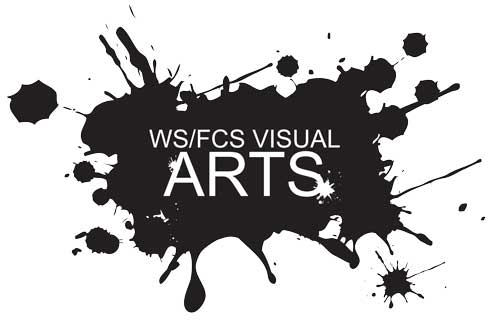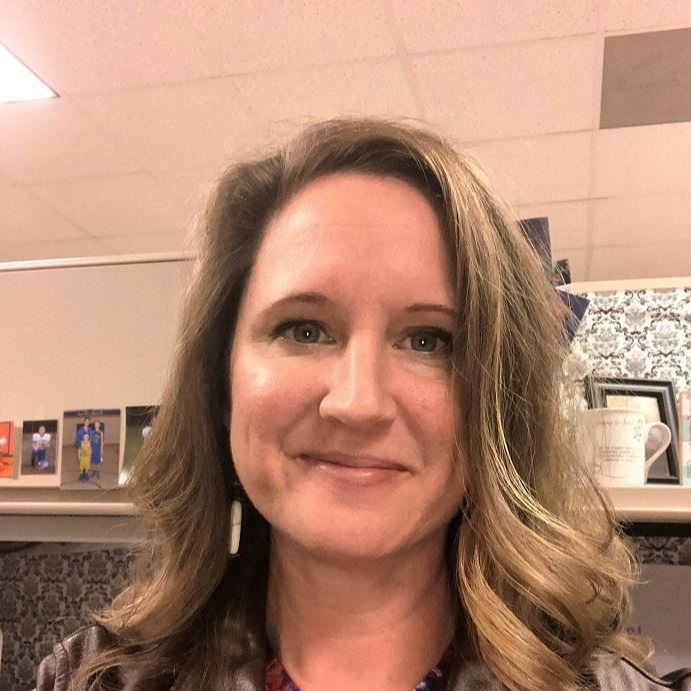Sara Crater
(336) 748-4070, Ext. 70183
Visual Arts

Visual Arts Philosophy
" I do not want art for a few any more than education for a few, or freedom for a few."
~William Morris
The WS/FCS Visual Art Education Curriculum is the result of the effort of art teachers from all levels in the county to create a "user-friendly" guide to the curriculum. This compilation of goals from the NCDPI along with local recommendations addresses the articulation of visual literacy from elementary through high school. The purpose of the curriculum is to provide art teachers with a common reference point from which to plan, implement, and evaluate the instructional program for art education within their school. Art education for students on all levels is founded on a discipline-based approach. It is the intent of this instructional program to integrate the study of art criticism, art history, aesthetics, and art production through the goals, objectives, and strategies proposed herein.
The curriculum development committee intentionally focused on the shared vision of a sequential approach to instruction K-12. The elementary art education program establishes a solid foundation in the elements and principles of design for students. Middle school students who elect to take art explore media and techniques while delving more deeply into art basics. All art courses at the high school level are elective. Classes are intended to serve the needs of the beginner as well as those of the individual who desires to develop a professional portfolio.
Winston-Salem/Forsyth County Schools encompass 75 schools and serve approximately 45,500 students. Demographic diversity is the norm. Our multi-cultural/racial community allows us to celebrate the artistic achievements of a variety of peoples. Therefore, our curriculum creates learning opportunities from a variety of cultural perspectives. Consideration for accommodating students with special needs is the responsibility of all art teachers. These populations include exceptional children, gifted, ESL (English as a second language), and others. Teachers are expected to modify instruction to meet the needs and ability levels of all students.
Art learning and experience involves the use of a wide range of mental processes as students mature in artistic expression and abilities. Gaining knowledge in art is a process, which includes: visual literacy, contextual relevancy, and critical response. Each of these strands is relevant across grade levels and provides unifying threads of understanding supported by the school system's goals and objectives.
We in the WS/FCS believe that all students are capable of achieving success in art.
Contact Information

